Trees trained to grow into furniture
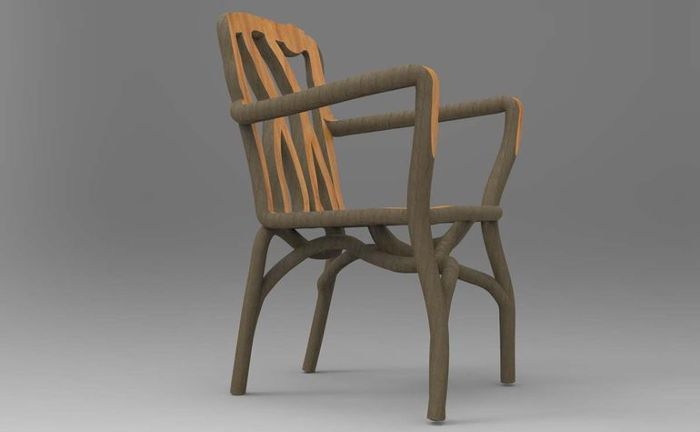
This chair was grown from a single willow tree.
As a young boy playing in his garden in England, Gavin Munro noticed an overgrown Bonsai tree that had grown into the shape of a chair. That idea planted a seed. A few years later, while he was stuck in a frame after several spinal surgeries, that seed began to germinate without him really knowing it. “It’s where I learnt patience. There were long periods of staying still, plenty of time to observe what was going on and reflect.”
Twenty-five years later, after attending art college and apprenticing with a cabinetmaker, the idea fully flowered. While making driftwood furniture from twisted limbs near San Francisco, Munro suddenly realized he could grow trees into useful shapes. He returned home to England, bought a small 2.5-acre farm, and began to do just that, coaxing willow trees over plastic forms to create precise yet beautifully organic shapes, with nature supplying the joinery.
“It was only after doing this project for a few years a friend pointed out that I must know exactly what it’s like to be shaped and grafted on a similar time scale,” Munro says.
“In essence its an incredibly simple art,” he says. “You start by training and pruning young tree branches as they grow over specially made formers. At certain points we then graft them together so that the object grows in to one solid piece – I’m interested in the way that this is like an organic 3D printing that uses air, soil and sunshine as its source materials. After it’s grown into the shape we want, we continue to care for and nurture the tree, while it thickens and matures, before harvesting it in the Winter and then letting it season and dry. It’s then a matter of planing and finishing to show off the wood and grain inside.”
“The whole process takes place over seasons and years – between 4 and 8 years to grow a chair – but when you look at how long and how much effort it takes us now to go from having no tree to the final wooden object, then you realise that the craft we’re a part of developing is not just more cooperative with the natural world; it has an elegant efficiency all of it own.”
Munro’s amazing endeavor is nothing new, he points out, citing a number of examples from history. “The ancient Greeks & Egyptians grew stools and the Chinese dug holes and filled them with chair-shaped rocks and grew tree roots through the gaps.”
For much more about Munro, his story, his techniques, and his beautiful wood products, go to his site: http://fullgrown.co.uk/

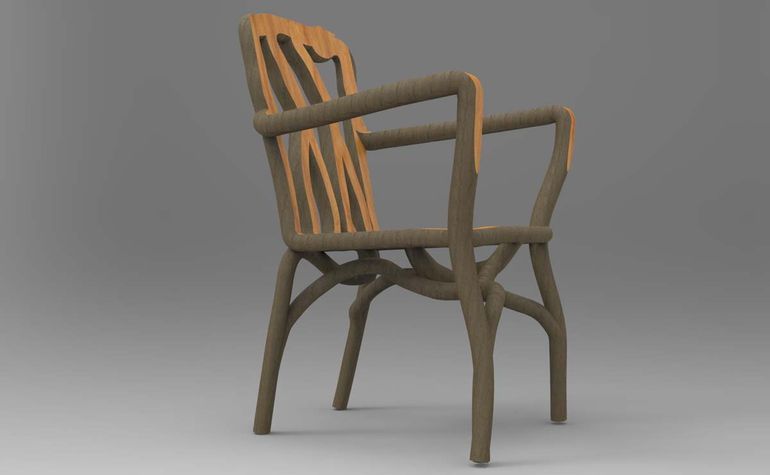
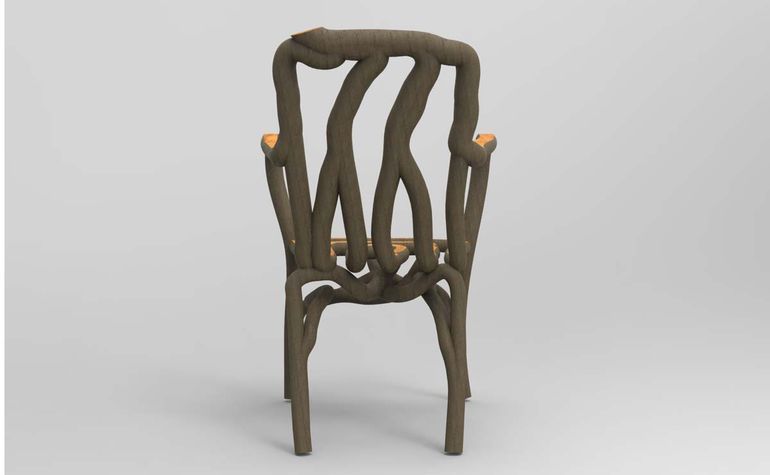
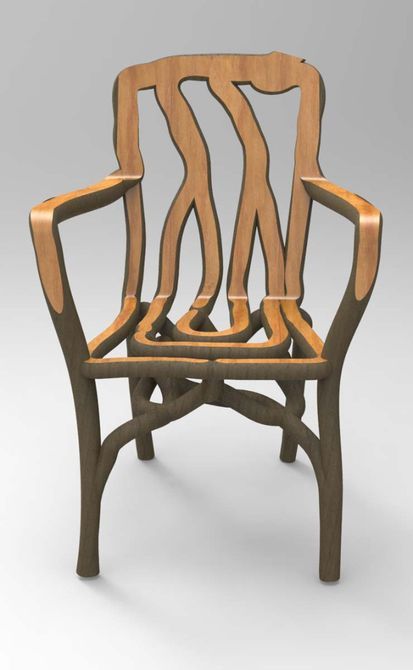
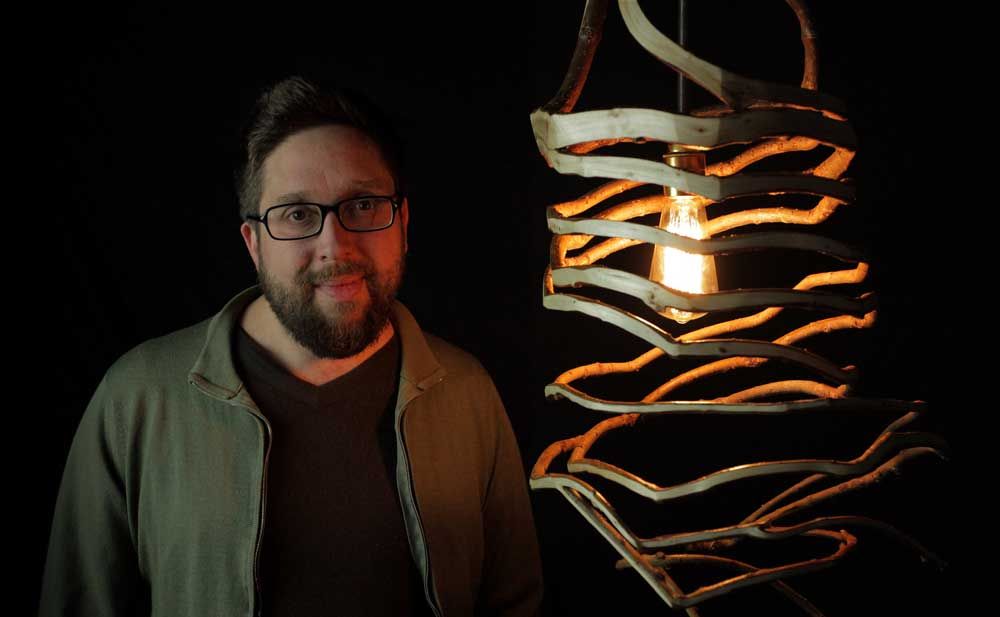
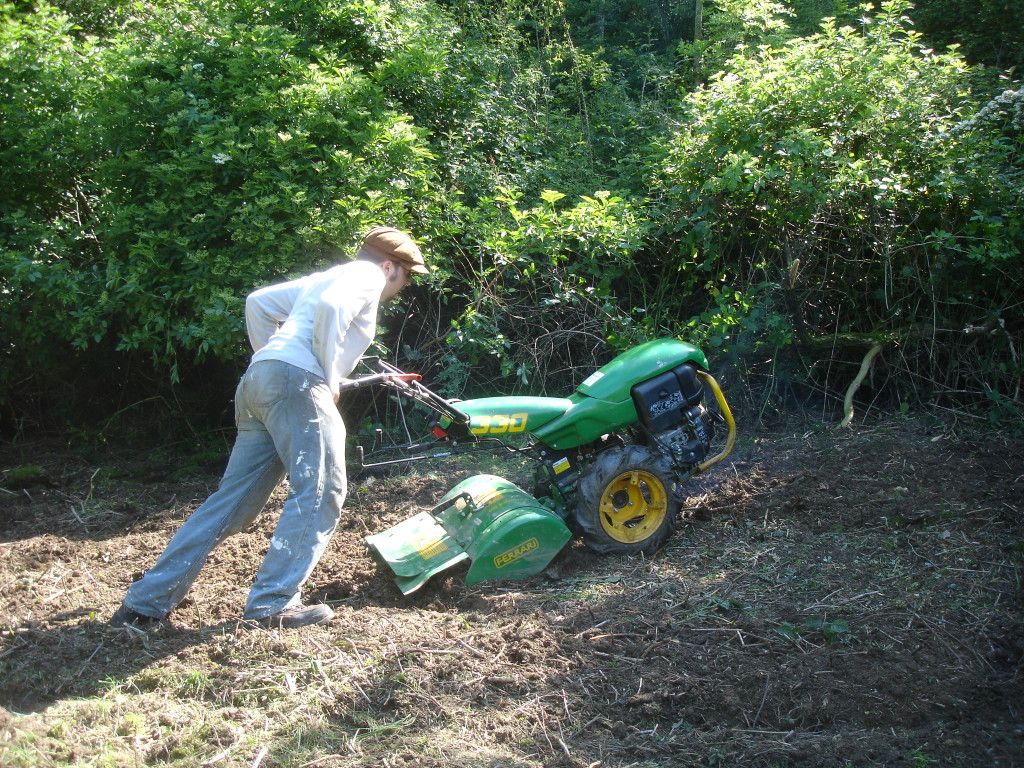
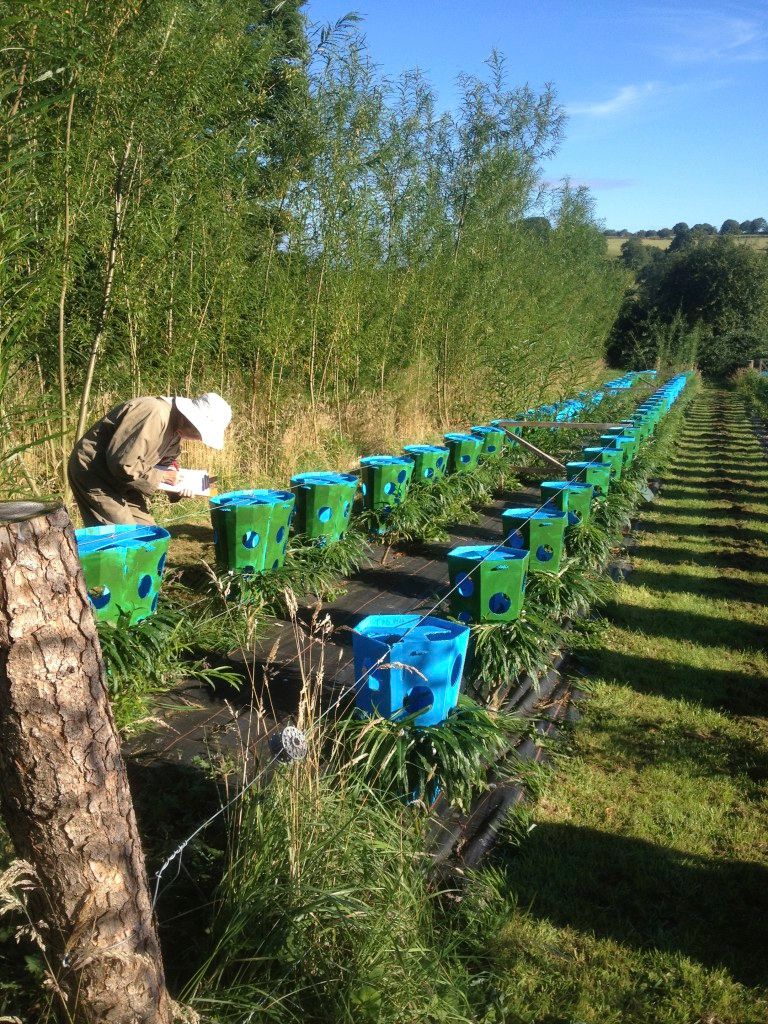
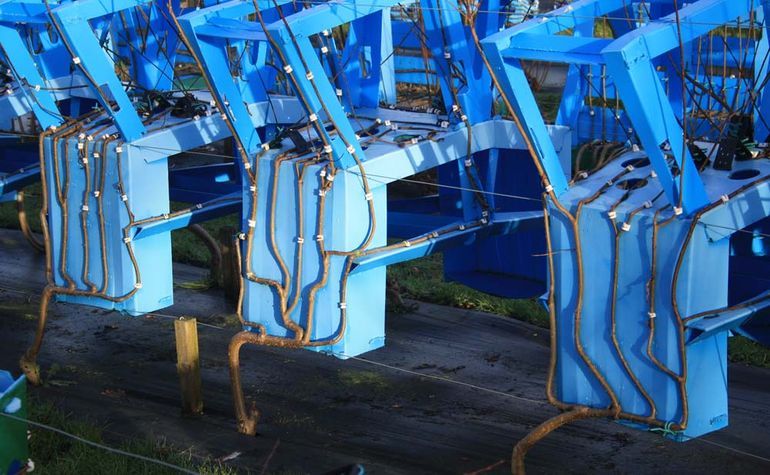


















Comments
What a wonderful use of earth's resources. Completely renewable.
I wonder if it would work here in the Texas hill country where our native trees are primarily Juniper and variations of Oak. Juniper perhaps, because it grows faster than Oak. I'll find a sapling and begin an experiment.
@Kennywho, yes, I think it would, things 'grow up' there pretty quickly usually…the drought might affect things a bit depending where you are. Our 'homeplace' in Sherman is evidence of that. Give it a go and keep us posted. BTW, the smell of working that juniper will be a real treat.
That's a nice piece of furniture. Great technique.
Of possible interest see the link below which depicts a chair that my great-grandfather, John Krubsack, grew over 100 years ago. The chair was exhibited in the 1915 World’s Fair and found its way into “Ripley’s Believe it or Not” and now is in a museum in Wisconsin. Clearly this is not as formal as the chair in the article, but it was 100 years ago after all.
https://en.wikipedia.org/wiki/John_Krubsack
Great post, great furniture, I am honestly impressed! Especially with your patience - the fact that it takes so many years for a single chair
Log in or create an account to post a comment.
Sign up Log in